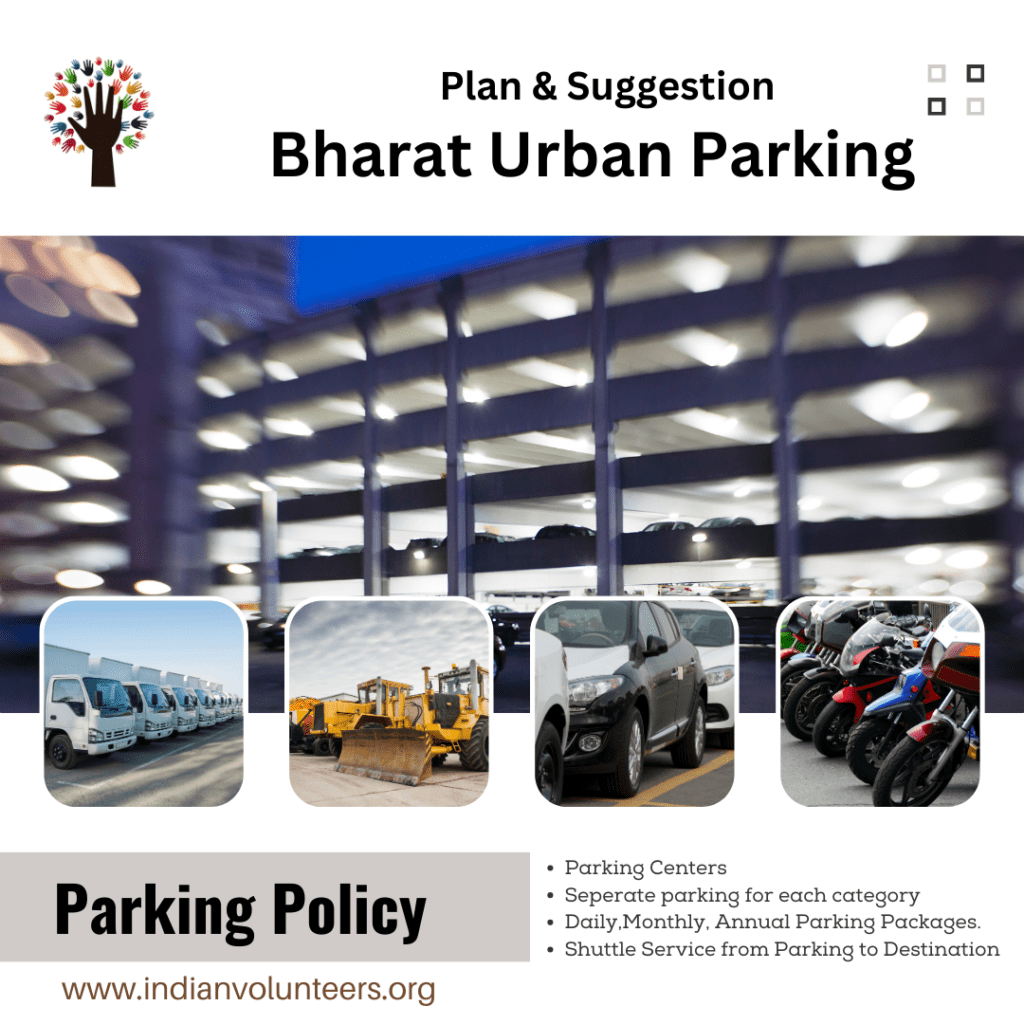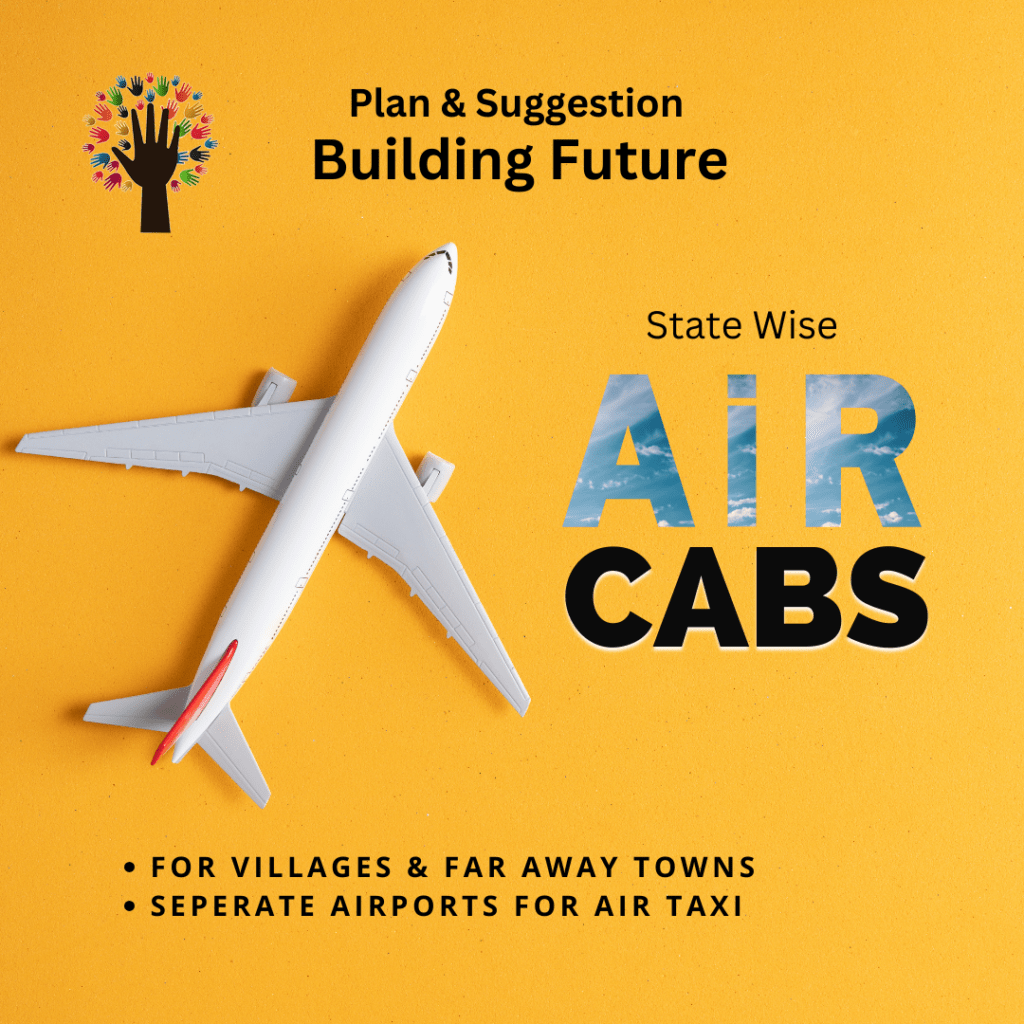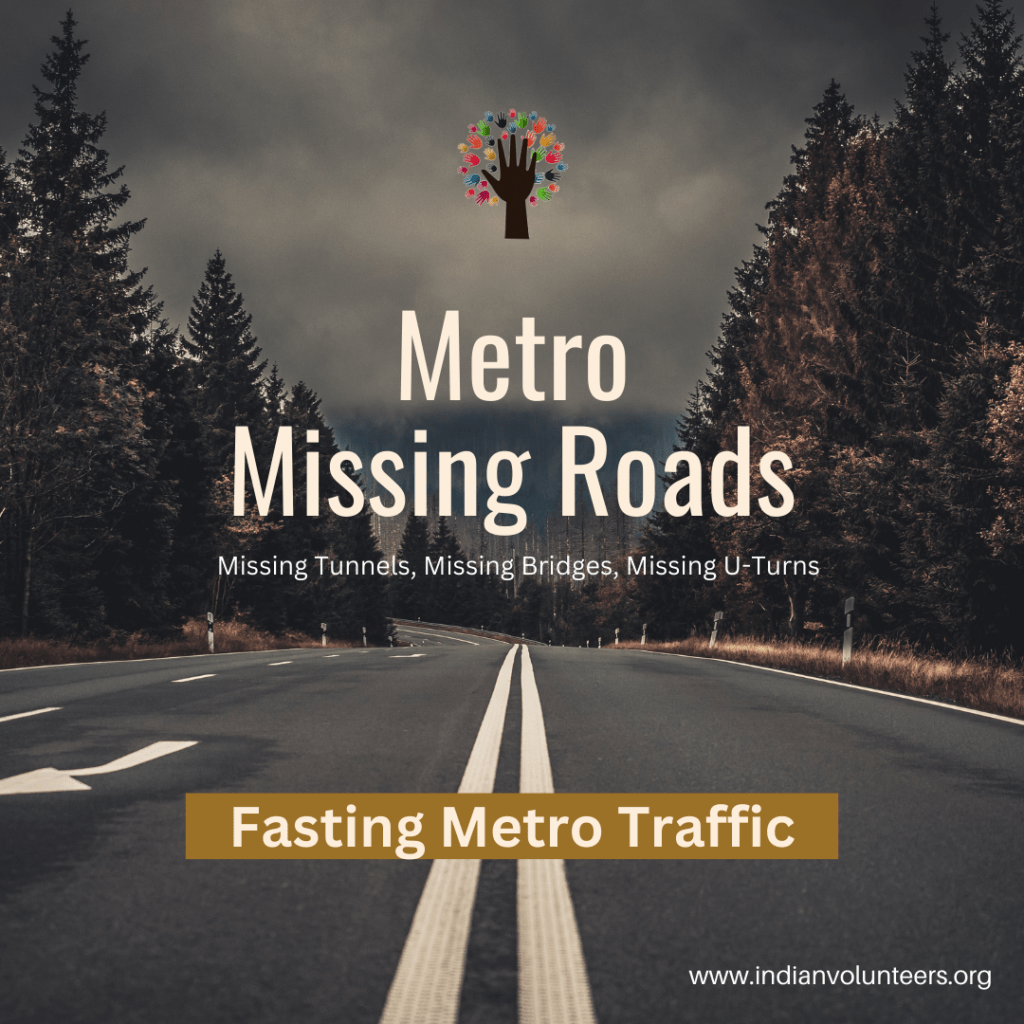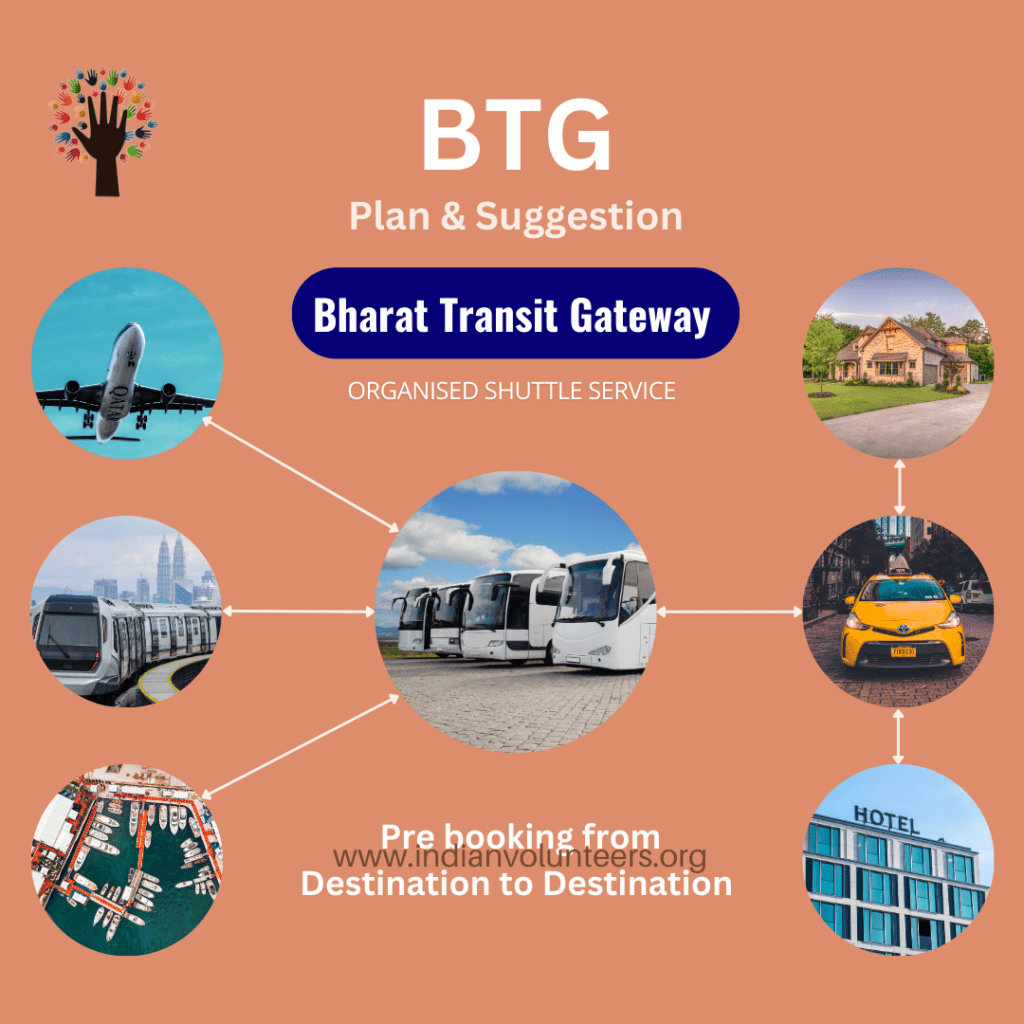"Bharat Urban Parking": Revolutionizing Vehicle Management and Safety
As urban spaces in Bharat continue to grow, the need for efficient and secure parking facilities becomes increasingly critical. The "Bharat Urban Parking" initiative aims to address the challenges of urban congestion and vehicle management by introducing multi-level parking structures that provide safety, security, and maintenance services. This visionary project is designed to redefine how we approach parking in bustling urban centers.
Multi-level Parking for Comprehensive Vehicle Care:
The core concept of "Bharat Urban Parking" revolves around the establishment of multi-level parking facilities. These structures are not just storage spaces for vehicles but comprehensive hubs that offer safety, security, and maintenance services. By providing a dedicated space for repairing and maintaining vehicles, the initiative aims to ensure that vehicles remain in optimal condition, enhancing their lifespan and reducing the environmental impact of premature disposals.
Shuttle Service for Seamless Connectivity:
Understanding the importance of seamless connectivity, "Bharat Urban Parking" introduces shuttle services within the parking facilities. This innovative approach enables users to conveniently navigate the sprawling parking structures and connect effortlessly with their desired destinations. The integration of shuttle services reduces the time spent searching for parking spots and contributes to overall urban mobility.
Tailored Parking Spaces for Various Vehicles:
One of the key features of "Bharat Urban Parking" is its commitment to providing specialized parking spaces for different types of vehicles. Recognizing the diverse transportation needs of urban dwellers, the initiative segregates parking areas for motorbikes, cars, taxis, commercial vehicles, cranes, trucks, pickups, shuttles, heavy machines and equipment, tractors, trolleys, boats, and more. This thoughtful categorization ensures efficient use of space and enhances the overall functionality of the parking structures.
Enhanced Safety and Security Measures:
Safety and security are paramount concerns in urban parking scenarios. "Bharat Urban Parking" addresses these concerns by implementing advanced security measures, including surveillance systems, well-lit spaces, and secure entry and exit points. The initiative strives to create an environment where vehicle owners can confidently leave their vehicles, knowing that they are protected from theft and damage.
Efficient Traffic Management:
By providing dedicated parking spaces for various vehicle types, "Bharat Urban Parking" contributes to efficient traffic management. This not only reduces congestion on the streets but also streamlines the flow of vehicles within the parking structures. The result is a more organized and accessible urban landscape.
Environmental Considerations:
The initiative aligns with environmental sustainability by promoting optimal vehicle use and maintenance. By reducing the need for constant repairs and premature replacements, "Bharat Urban Parking" indirectly contributes to lowering the carbon footprint associated with the automotive industry.
Conclusion:
"Bharat Urban Parking" is a forward-thinking initiative that addresses the evolving challenges of urbanization in Bharat. Through the establishment of multi-level parking structures with dedicated spaces for various vehicles, the initiative not only provides practical solutions to congestion but also emphasizes the importance of vehicle safety, maintenance, and environmental sustainability. As Bharat continues to urbanize, initiatives like "Bharat Urban Parking" play a crucial role in shaping a future where urban mobility is efficient, secure, and environmentally conscious.





